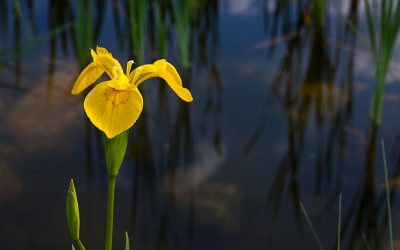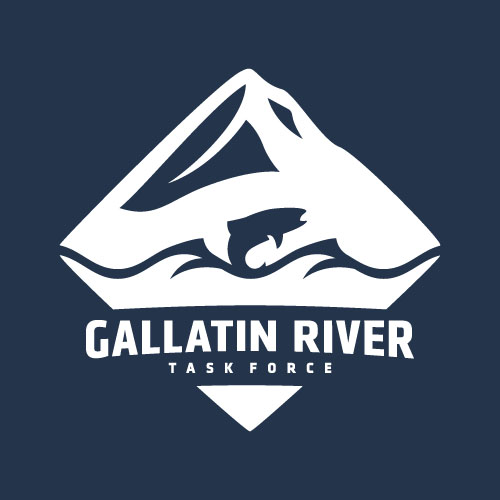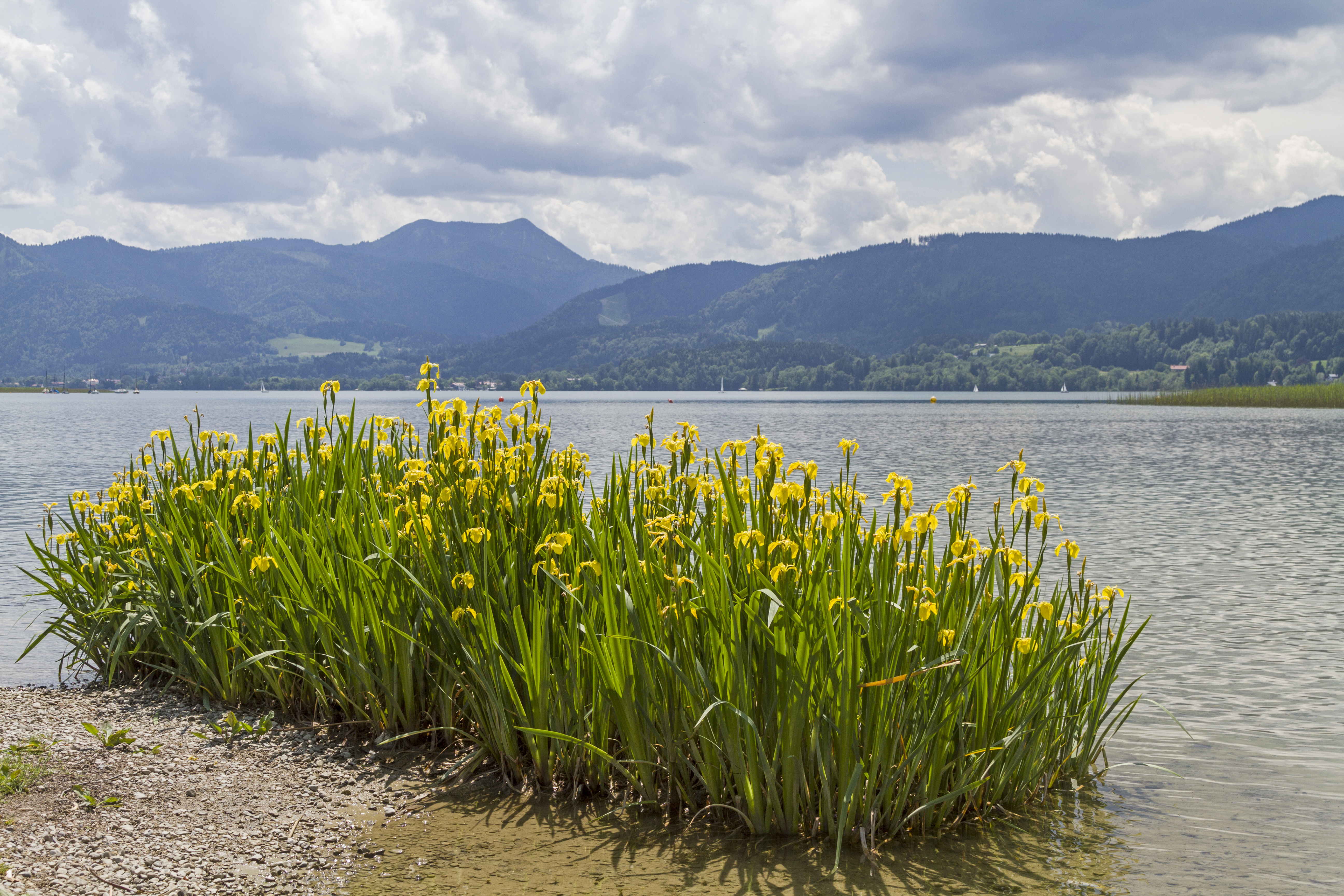Jennifer Mohler, Gallatin-Big Sky Weed Committee
Heads up to all pond owners in Big Sky – keep an eye out for Yellowflag iris! For the first time ever, the Gallatin-Big Sky Weed Committee has identified this invasive plant among cattails in a private pond in the Beaver Creek area. Only two species of iris are known to occur in Montana outside of horticultural plantings:
- Native Species: the native Rocky Mountain iris (Iris missouriensis)
- Invasive Species: the non-native Yellowflag iris (Iris pseudacorus)

Invasive Species: the non-native Yellowflag iris (Iris pseudacorus) has bright yellow blooms, grows 3 to 5 feet tall, roots and shoots are toxic, and rhizomes contain black sap.
Impacts: Yellowflag iris forms dense monotypic colonies in riparian areas, crowding out native species. This can alter riparian function and reduce habitat for wildlife, birds, fish, and pollinators. Yellowflag iris is considered poisonous due to large amounts of glycosides in the leaves and rhizomes.
Habitat: Yellowflag iris is typically found in shallow waters, but can occur in depths of 2 to 3 feet. Adapted to full sun or partial shade, it occurs in forests or open wetlands, and riparian and floodplain communities.

Native Species: the native Rocky Mountain iris (Iris missouriensis) has blue to purple flowers, grows 8 to 24 inches tall, and roots and young shoots are toxic.
Spread: Once established, it reproduces by seed and vegetatively through rhizomes. Unfortunately, when it goes to seed, the seeds almost all produce new plants, as they are 99% viable. Flooding may transport rhizomes or seeds downstream where they subsequently establish new colonies. Wave action along lake shores may also break up rhizome clumps and result in establishment of new colonies along the shore.
Management Priorities: Yellowflag iris was first reported in Montana in Lake County in 1966, and has been found in Flathead, Missoula, Ravalli, Granite, Sanders, and Gallatin Counties. Prevention and early detection are critical for Yellowflag iris management. Isolated populations should be contained or eradicated if possible.
If you see this plant, take action now! Eradication is possible if detected early.
Contact the Gallatin-Big Sky Weed Committee for more information and assistance:
Gallatin-Big Sky Weed Committee
(406) 209 – 0905

